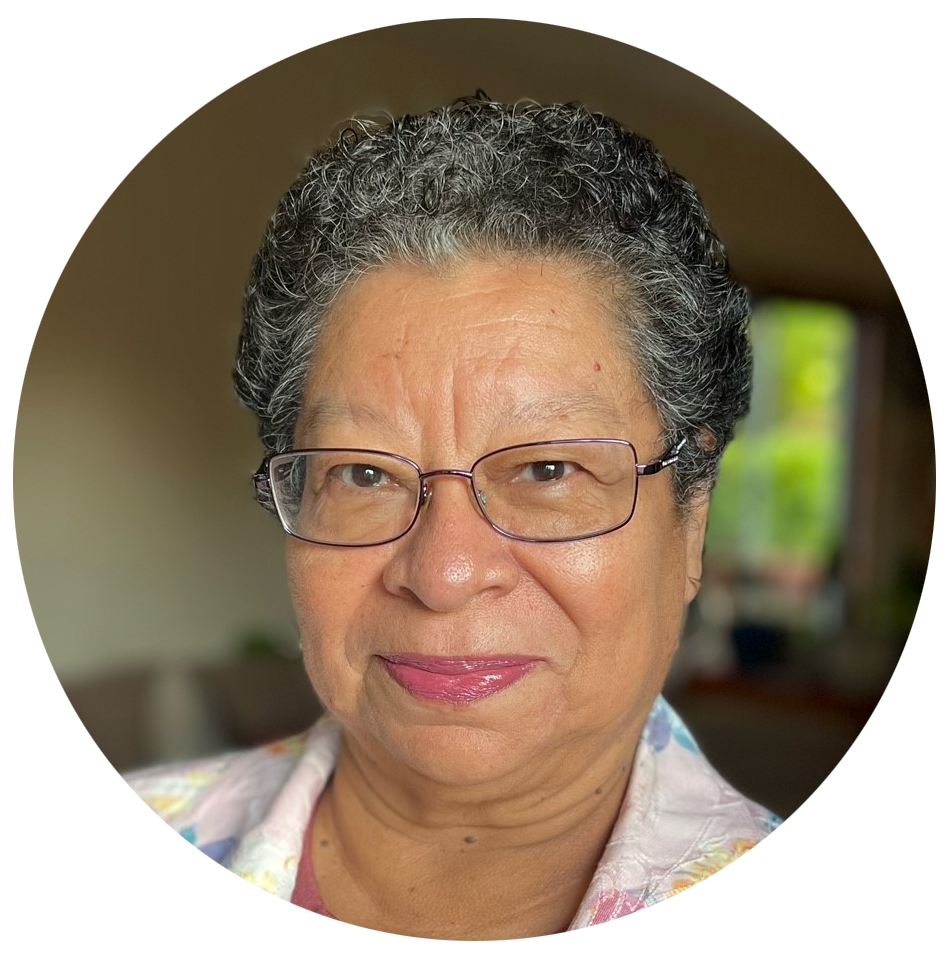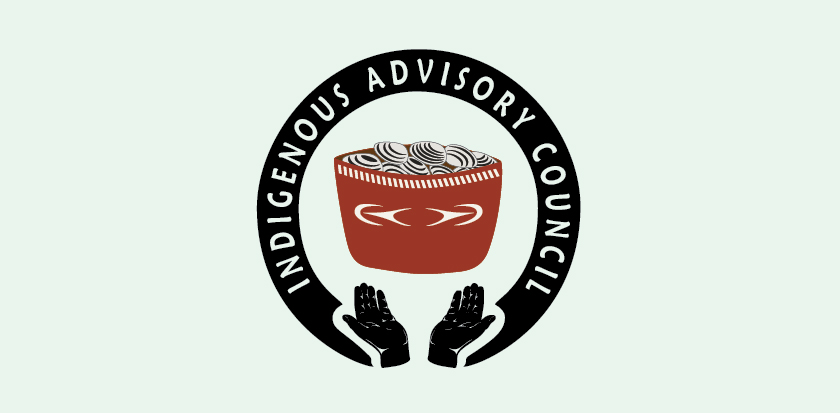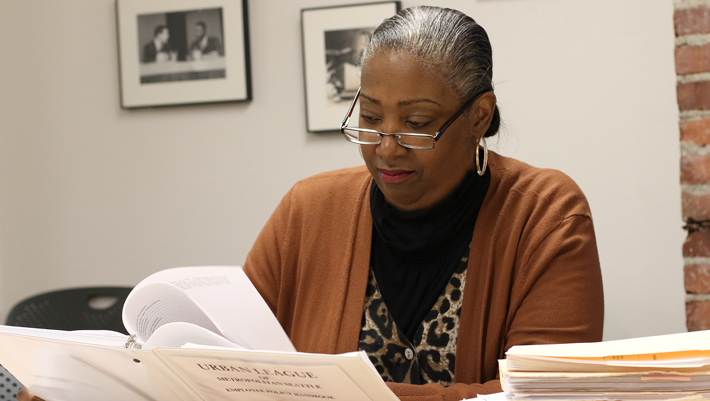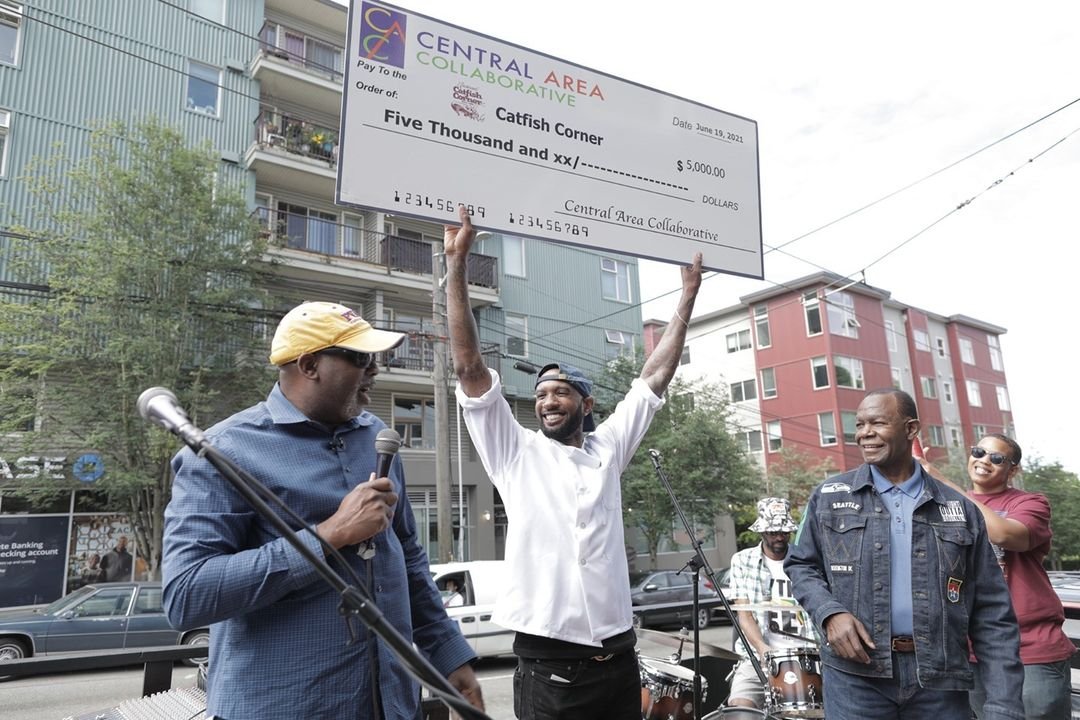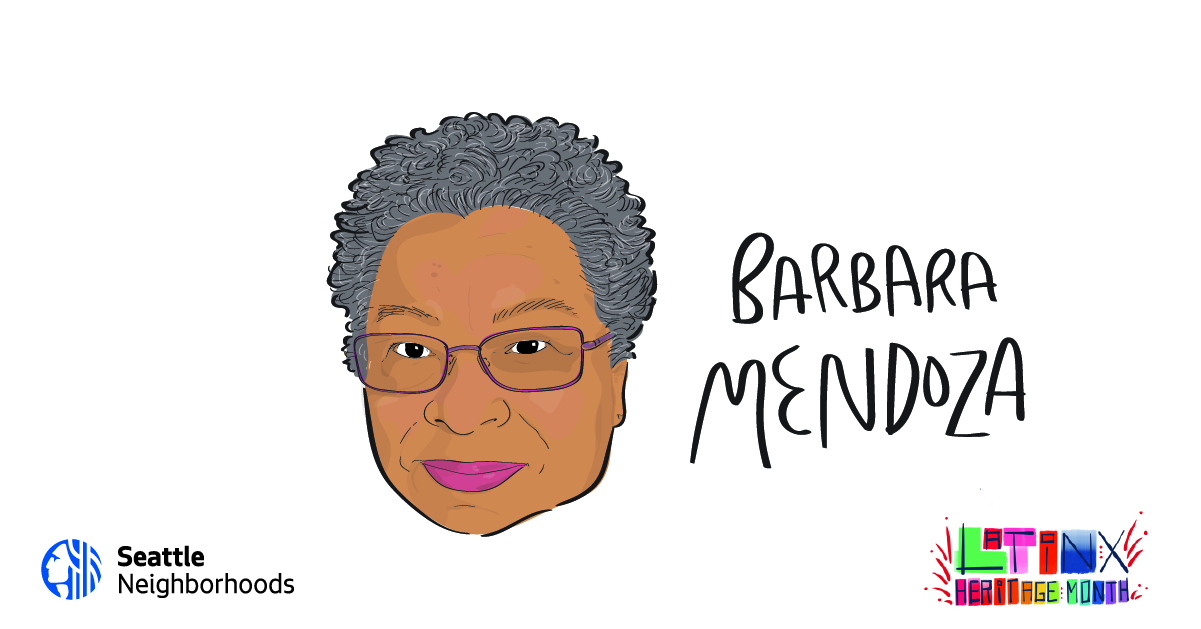
In celebration of Latinx Heritage Month, we have invited founders of Nepantla Cultural Arts Gallery Jake Prendez and Judy Avitia-Gonzalez to curate a series of profiles and stories to amplify and honor people, businesses, organizations, and projects connected to Seattle’s Latinx community.
Finding community and solidarity in Seattle as a Chilean refugee
by Barbara Mendoza
My name is Teodora Barbarita Marquez Palza, but everybody who knows me calls me Barbara Mendoza. I was born in Arica, Chile, a small border town near Peru, and I came to Washington State as a refugee in 1976, after the bloody military coup that overthrew our democratically elected president, Salvador Allende. I came with my family, my husband Abdon, and two children Pablo and Humberto ages 4 years, and 8 months old, respectively. Now my family has grown, and I happily have three grandkids that are my life, Santiago who is 28 years old, Zara who is 8 years old and Amaru who is 5 years old.
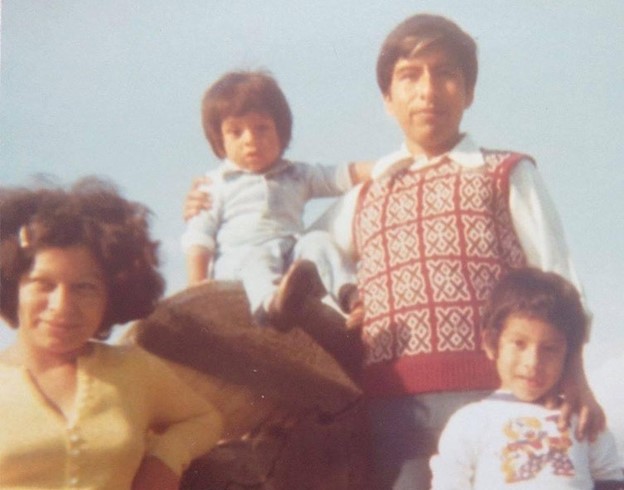
Wow! That was 47 years ago and now I get to share a little bit of my life and what Latino Hispanic Heritage Month means to me.
Prior to us coming here, in the late ’60s it was a time of great social transformation, where minority students were allowed for the first time to enter the University of Washington. Some of our Mexican-American youth from the Yakima Valley started to come and register to go to college. Many of them, like Jesus Sanchez, Anita Garcia Morales, and Erasmo Gamboa became great professors and leaders in the Seattle community. I feel very fortunate that I know many of them and I can call some of them my friends.
Coincidentally, the observation of the Hispanic Heritage Week started in 1968. I mention this because I don’t want to sound like everything happened after the Chilean exiles came to the area. During my early days here, I didn’t know that a Hispanic Heritage celebration existed, it probably took me a little while to grasp it all. I did know that there was a sense of community and solidarity among us Chilean refugees and the various Latinx communities in Seattle.
I remember my first years were eye-opening. It was very difficult because of the language barrier. Our kids were little, and they needed vaccine shots before they could start school or childcare. Us adults needed to learn English so that we could work. Luckily many people that were here in Seattle before us came to the rescue. Organizations that were already established helped us learn English and find health care. There was a connection with the University of Washington, local community colleges, and volunteers from El Centro de la Raza that provided us with English as a second language (ESL) classes. There was also the Sea Mar Clinic that a lot of us went to for our health care. Most of the Chilean exile adults went to El Centro de la Raza for ESL and they were helpful in so many other ways. We will always be thankful for the opportunity and support they have given us.
Though we were taking ESL classes soon after we arrived in late 1976 and beyond, some of us still couldn’t work because of the English barrier. Luckily, we ended up spending a lot of time at El Centro’s building. We would drop off our children at the childcare they provided which would give us an opportunity to establish a strong relationship with those who worked there, and we started learning from each other, our English got better, and we learned about the daily life norms of living in Seattle. In return, we offered El Centro information regarding world politics and structure. To learn more about it please check out the book, Seattle’s El Centro de la Raza: Dr. King’s Living Laboratory by Bruce E. Johansen.
Not much later, when my life was a little more organized, I learned a bit more English, and I was involved in solidarity with people from other countries who came here for the same or similar reasons we did. I learned that there were other entities or ours had expanded perhaps. There were cultural events to nurture our soul, more Latino businesses, labor workers union organizations, and restaurants. All this keeps growing every day, even now.
During the late ’70s and early ’80s, a lot of us Chilean refugees got involved in solidarity work in support of the refugees that came from Central and South America, it was a great experience because we were not only mingling with our people, but we were all working together in support of injustices in the world. At the same time, we were making sure that our children didn’t forget their culture and roots. In our case, the Chilean refugee community made sure that our children were taught their culture and tradition by having classes for them on weekends at El Centro de la Raza. We would also share our culture and traditions with the rest of the Seattle communities in the area for example at Fiestas Patrias every September when many Central and South American countries celebrated their Independence and/or at Latino Hispanic Heritage Month.
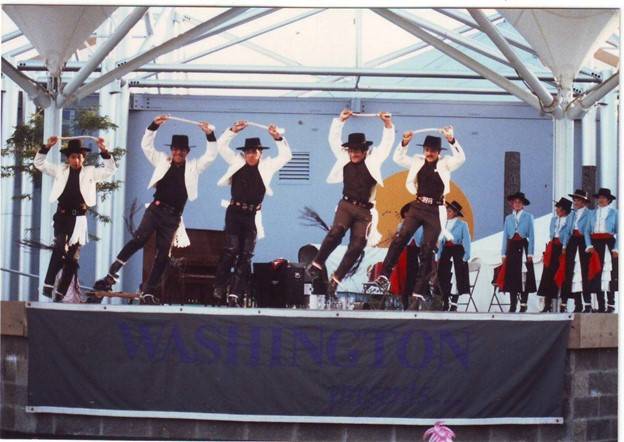
Each Latinx community made sure to keep their culture and traditions alive; they kept practicing their traditional dances, they would do workshops to teach their traditions and share them among each other and the public in general and all these continue up until now. The Latinx communities have gotten so big these days that the Seattle Center is no longer large enough to host all of us anymore. That is driving prosperity, power, and progress.
Now at age 70, I feel that my mission in life has been according to my beliefs, and I will always continue to devote time to myself, my family, and others. I will continue to be a good listener and do my best to empower others. Viva Nuestra Latinidad! In Latino-Hispanic Heritage Month
To learn a little more about the Chilean refugee influence at El Centro de la Raza visit www.elcentrodelaraza.org/aboutus/nuestra-historia-nuestra-comunidad/ under the title “Salvador Allende Y Los Chilenos”.
